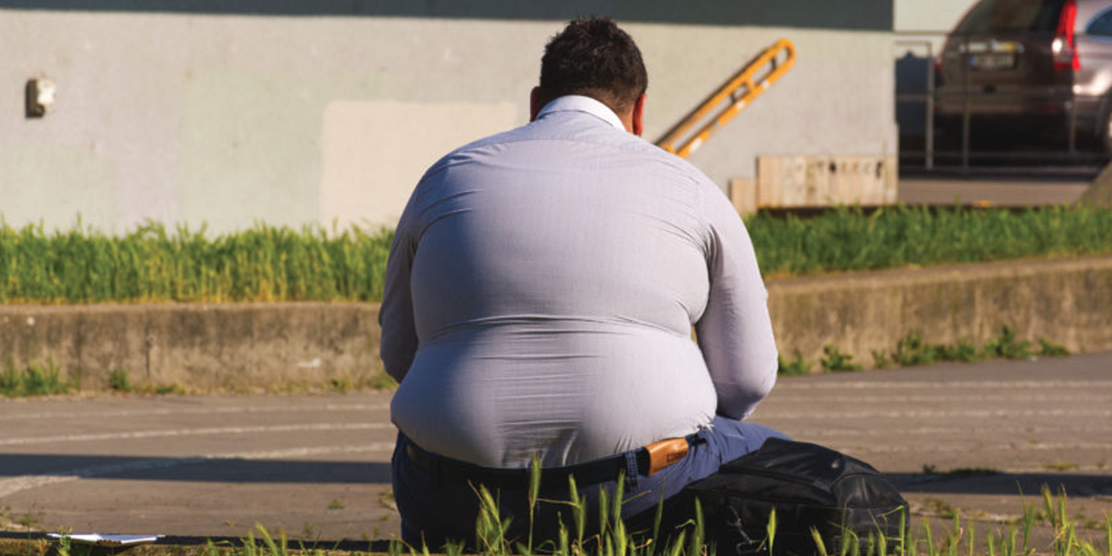Our rate of growth in life expectancy is slowing, reflecting, among other factors, a failure in public health efforts to combat growing obesity levels
Australians are still living longer, but the rate of growth in life expectancy is slowing, reflecting, among other factors, a failure in public health efforts to combat growing obesity levels.
Research published in the MJA, shows Australian life expectancy is still among the highest in the world but that there are “several major barriers to [future] marked increases” in longevity.
The researchers analysed data for Australia and 26 other high-income countries from the Global Burden of Disease Study for 1980 to 2016.
Between 1981 and 2003, the difference in life expectancy for males between Australia and other high-income countries increased from +0.7 years to +2.3 years. But that increase had stalled at +2.3 years by 2015. For women, the difference increased from +0.9 years to +1.3 years by 2003, but fell to +1.1 years by 2015.
“Since 2003, life expectancy has increased more slowly for both sexes than in most other high-income countries, mainly because declines in mortality from cardiovascular disease and cancer have slowed,” the authors wrote.
“Together with the high prevalence of obesity … this suggests that future life expectancy increases will be smaller than in other high-income countries.”
Australia was unlikely to maintain it’s comparatively high ranking for longevity “unless new strategies for reducing mortality associatedwith specific behaviours are developed and deployed effectively,” the authors said.
The researchers noted comparative high-income countries also had greater scope to increase life-expectancy by reducing the prevalance of smoking.


